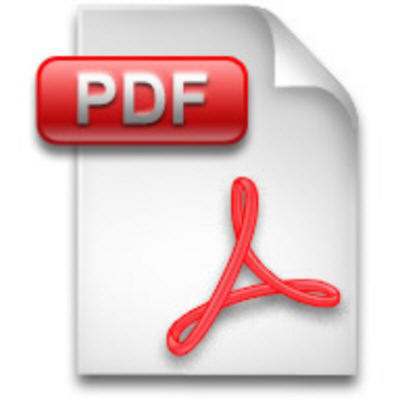| 
|
|
Concert Band
- Exhibition Series
|

Blues For Sister Rosetta
Colquitt, Don
Grade Level: 3.0
Published: 2019
Catalog Number: C1163
 View Sample Score View Sample Score
 View Sample Part View Sample Part
Standard Concert Band Parts with Conductor Score
Sister Rosetta Tharpe is one of the most influential figures in American music. Born in Cotton Plant, Arkansas in 1915, Rosetta Tharpe was a gospel singer and a pioneer of the electric guitar. Thorpe is considered by many to be one of the innovators of electric blues and rock & roll.The list of musicians that were inspired by her music includes: Elvis Presley, Johnny Cash, Carl Perkins, Little Richard, Jerry Lee Lewis and Fats Domino to name a few. Her style of guitar playing is considered the beginning of rock and roll guitar. She was always a gospel singer and had a long and successful recording and performing career. This piece is a tribute to her and to the sound ofAmerican blues.
There are several unusual sounds in this piece that are not normally found in music of this grade level. The trombones have glissandos throughout the piece. At measure three, they are to play a Db then slowly gliss higher before dropping to the low Bb. This will take some practice to get the timing right. The other instruments o sustain their concert Db while the trombones gliss higher mimicking the sounds created by blues guitarists and singers. The drum set can be played on drum set or by multiple percussionists. The X headed pitches in the conga parts are slaps. This is a type of rim shot used by hand drummers. If your vibraphone has a motor, please use it. Unfortunately, most vibraphones do not have this anymore, but it would sound great especially on the long notes at measure 20.
At measure 62, any of the lower voiced instruments can be used as a soloist. This will also make the accelerando easier as well. You can add other voices to this at measure 66, but by measure 70, they should all be playing the bass line. The accelerando at the end will take some rehearsal time, but it will really drive the piece home. Think gospel shout, or controlled chaos. The + and o in the trumpet part at measure 34 means a closed an open hand mute, or plungers if you have them. Work on timing and exaggerate the crescendos. Overall, the piece needs extreme dynamic contrasts and aggressive articulations. Gospel and blues musicians are some of the most expressive musicians in the world, so have fun playing this piece.
Don Colquitt, December 2019
|
|

|





